How can you cycle a neocaridina shrimp tank quickly and efficiently without compromising the health and safety of your shrimp?
Cycling a neocaridina shrimp tank fast requires a well-planned approach. You’ll need a tank, good filtration (a sponge filter is recommended), safe water with specific parameters (pH near 7, GH 6-10, KH 2-10, temperature between 18 to 26°C), and plenty of fast-growing plants like hornwort to absorb ammonia. Using products like Seachem Stability for 7 days at the recommended dose can expedite the process, allowing you to introduce your first batch of shrimp after just a week.
is recommended), safe water with specific parameters (pH near 7, GH 6-10, KH 2-10, temperature between 18 to 26°C), and plenty of fast-growing plants like hornwort to absorb ammonia. Using products like Seachem Stability for 7 days at the recommended dose can expedite the process, allowing you to introduce your first batch of shrimp after just a week.
I remember first setting up a shrimp tank for neocaridina species. The excitement was palpable, but so was the uncertainty. How could I ensure the tank was ready and safe for my shrimplets without the tedious wait?
The challenges were many. Finding the right balance of pH, GH, KH, and temperature was a meticulous task. I knew that any misstep could lead to an unhealthy environment for my shrimp. I also struggled with choosing the right plants that could grow quickly and mop up ammonia before it became an issue.
That’s when I discovered the magic of hornwort and the effectiveness of products like Seachem Stability. Over the course of several months, I perfected the art of cycling a shrimp tank quickly without compromising on safety. The result? A thriving shrimp haven, filled with thousands of happy, healthy shrimplets.
This article explores the step-by-step process, including videos of me setting up the tank and a six-month update showcasing the incredible growth.
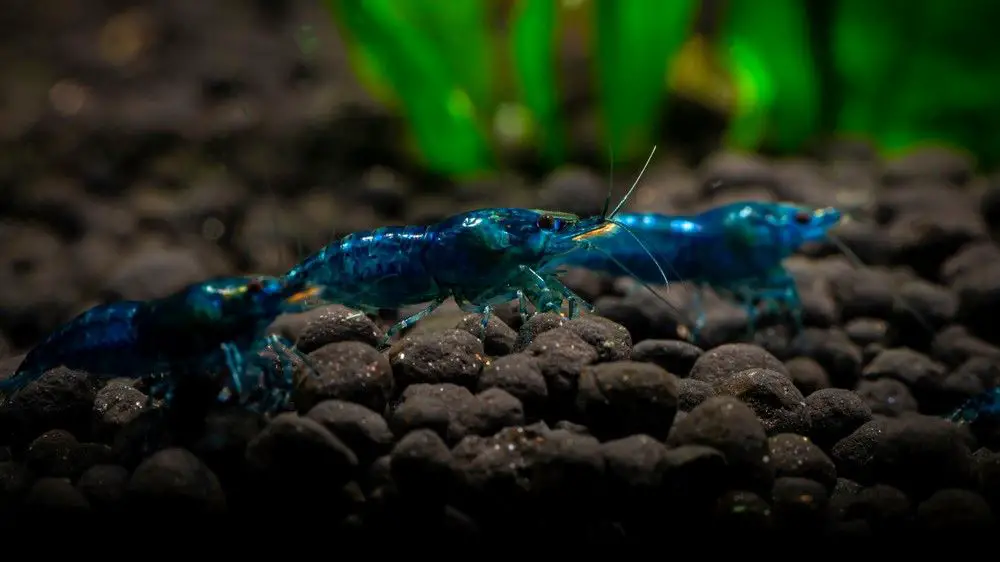
Here’s a step-by-step summary of the process for cycling a neocaridina shrimp tank quickly based on an inert setup:
- Choose an Inert Setup: Select non-reactive substrates that won’t alter water chemistry.
- Set Up the Tank: Include good filtration (e.g., sponge filter) and plenty of fast-growing plants like hornwort.
- Adjust Water Parameters: Ensure pH near 7, GH 6-10, KH 2-10, and temperature between 18 to 26°C.
- Treat and Dechlorinate Water: Use treated, dechlorinated, aged tank water.
- Use Products like Seachem Stability: Apply for 7 days at the recommended dose to introduce beneficial bacteria.
- Monitor Ammonia and Nitrite Levels: Ensure they are undetectable before introducing shrimp.
- Maintain a Light Cycle: Provide 8-10 hours of light followed by 14-16 hours of darkness.
- Avoid Cycling with Shrimp: Wait until the tank is fully cycled before adding shrimp.
- Consult Expert Advice if Using Active Soil: Active soil requires a different approach and careful consideration.
- Introduce Shrimp After 7 Days: Once the tank is cycled and stable, add the first batch of shrimp.
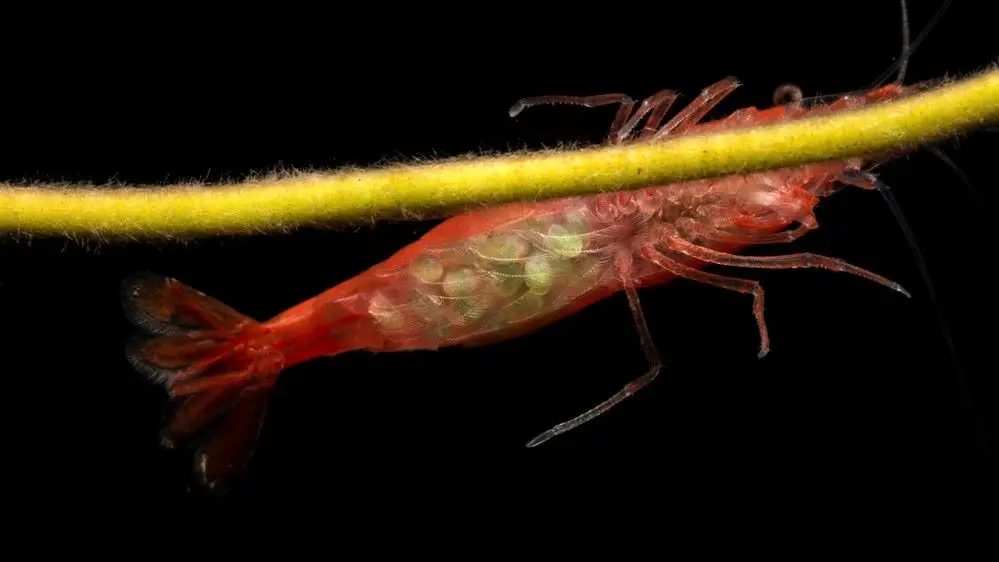
What are the essential water parameters for cycling a neocaridina shrimp tank?
Cycling a neocaridina shrimp tank fast is a delicate process that requires careful attention to specific water parameters. These parameters are vital in creating a stable and healthy environment for the shrimp to thrive.
First and foremost, the pH level of the water must be closely monitored. For neocaridina shrimp, a pH level near 7 is ideal. This neutral pH ensures that the water is neither too acidic nor too alkaline, providing a comfortable habitat for the shrimp.
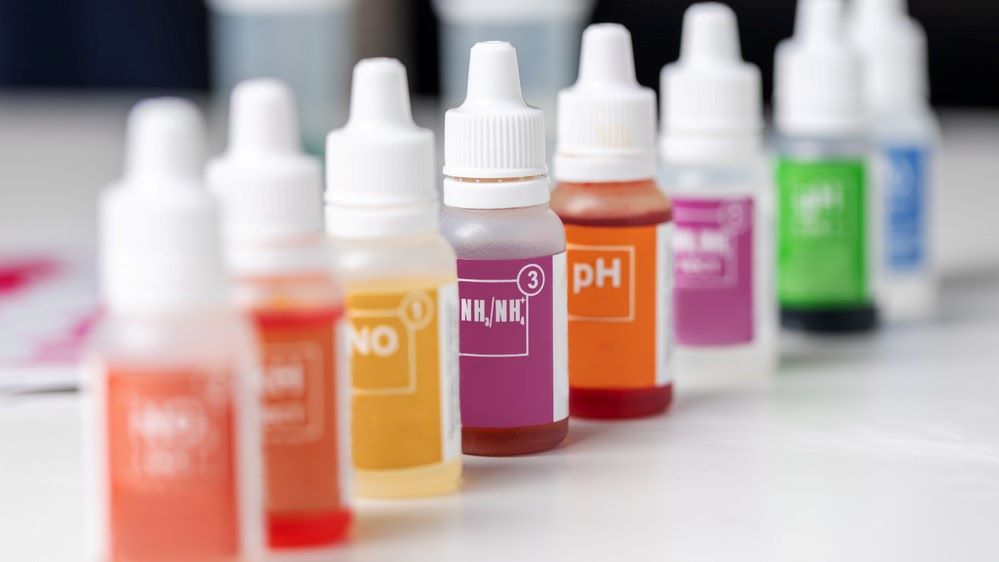
The General Hardness (GH) is another crucial factor, with a recommended range of 6-10. GH measures the concentration of magnesium and calcium ions in the water. These minerals are essential for the shrimp’s molting process and overall health.
Carbonate Hardness (KH), ranging from 2-10, is also vital. KH helps stabilize the pH level, preventing sudden fluctuations that could stress or harm the shrimp. It’s a buffer that keeps the pH level consistent, even when other factors in the tank change.
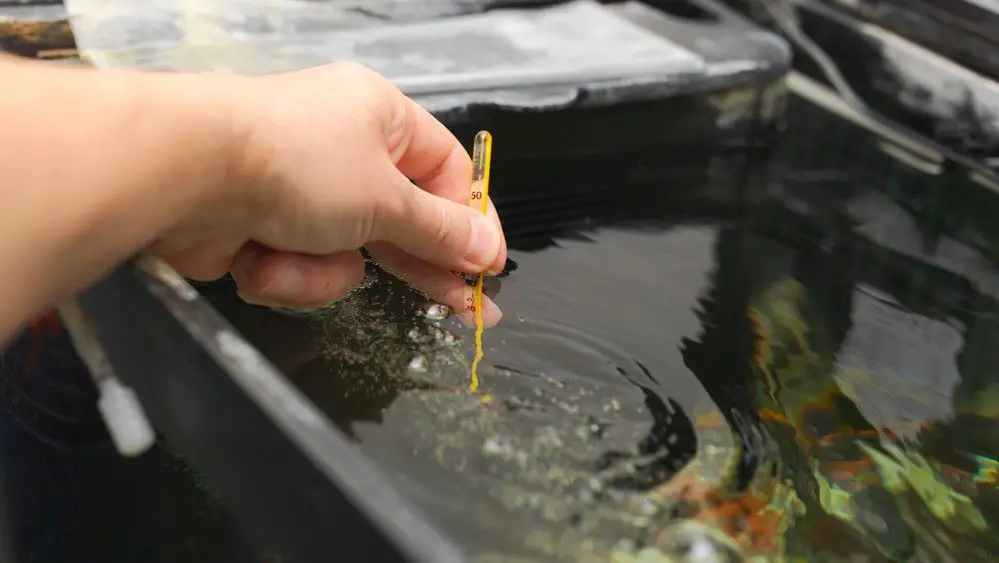
Temperature is another key parameter, with a range between 18 to 26°C being suitable for neocaridina shrimp. This temperature range ensures that the shrimp’s metabolism functions properly, and it promotes healthy growth and breeding.
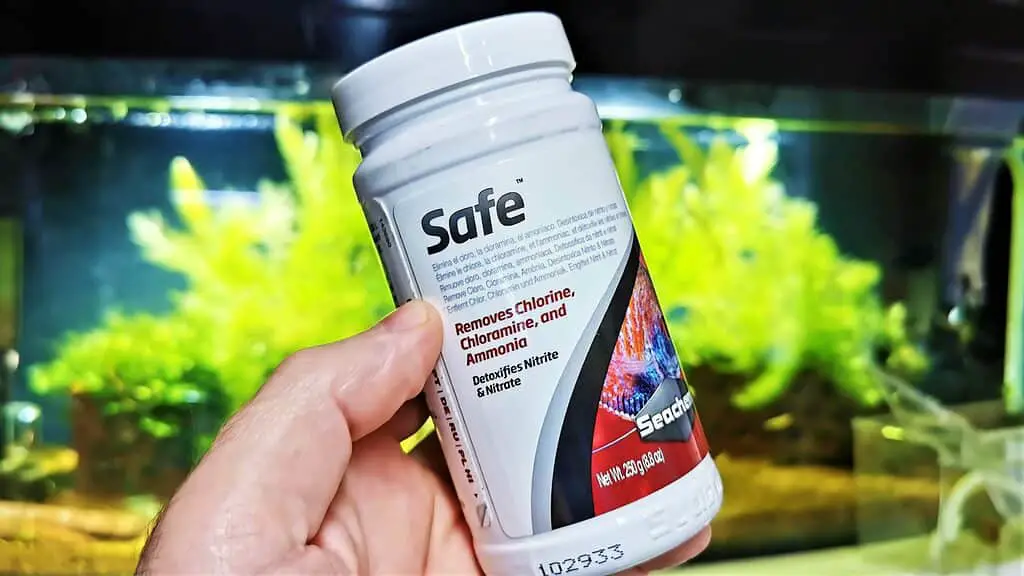
Lastly, the water must be treated and dechlorinated. Chlorine and chloramine are commonly found in tap water and can be lethal to shrimp. Using aged tank water or specific water conditioners can remove these harmful substances, making the water safe for the shrimp.
and can be lethal to shrimp. Using aged tank water or specific water conditioners can remove these harmful substances, making the water safe for the shrimp.
Please note that the setup described here is for an inert setup without active soil. An inert setup relies on non-reactive substrates that don’t alter water chemistry, making it suitable for neocaridina shrimp. If you’re considering using active soil, which can affect water parameters like pH and hardness, the setup and cycling process will be different.
Active soil requires careful consideration and a distinct approach to ensure compatibility with your shrimp species. Always consult specific guidelines or expert advice if you plan to use active soil in your shrimp tank.
How do fast-growing plants like hornwort aid in cycling a shrimp tank?
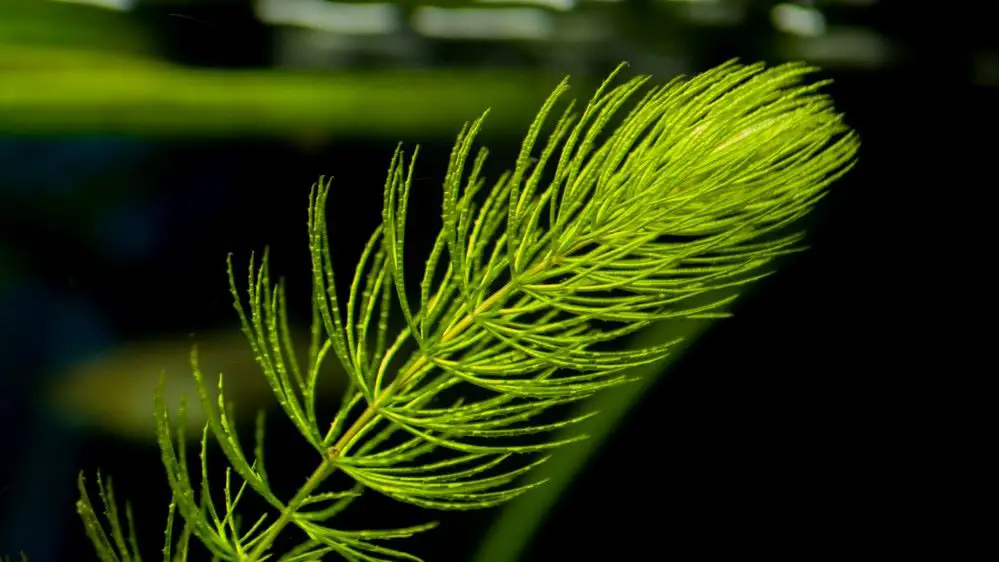
Fast-growing plants like hornwort play a pivotal role in cycling a shrimp tank, especially when the goal is to expedite the process without compromising the well-being of the shrimp. Let’s explore how these plants contribute to the cycling process.
Hornwort, known for its rapid growth and dense foliage, acts as a natural filter within the tank. Its ability to absorb excess nutrients, particularly ammonia, is a key factor in its effectiveness. Ammonia is a toxic byproduct of fish waste and decaying organic matter, and it can be lethal to shrimp in high concentrations.
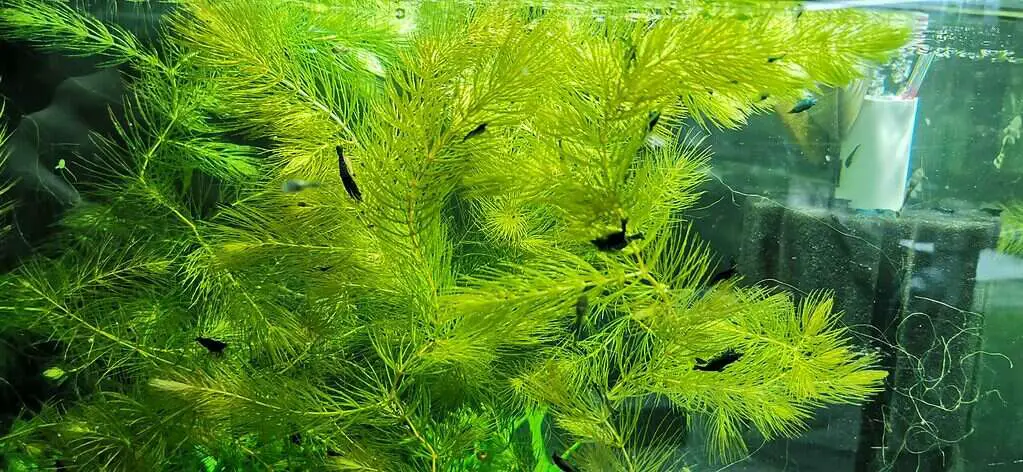
Hornwort’s rapid uptake of ammonia helps to neutralize this threat, converting it into less harmful substances.
The plant’s dense structure also provides a habitat for beneficial bacteria. These bacteria further aid in breaking down ammonia into nitrite and then into nitrate, a less harmful substance that can be absorbed by the plants. This symbiotic relationship between the plants and bacteria accelerates the cycling process, creating a stable and balanced ecosystem more quickly.
Hornwort’s growth also contributes to oxygenation and stabilization of the water’s pH. As it photosynthesizes, it releases oxygen into the water, enhancing the overall water quality. The plant’s uptake of carbon dioxide helps maintain a stable pH, preventing sudden fluctuations that could stress the shrimp.
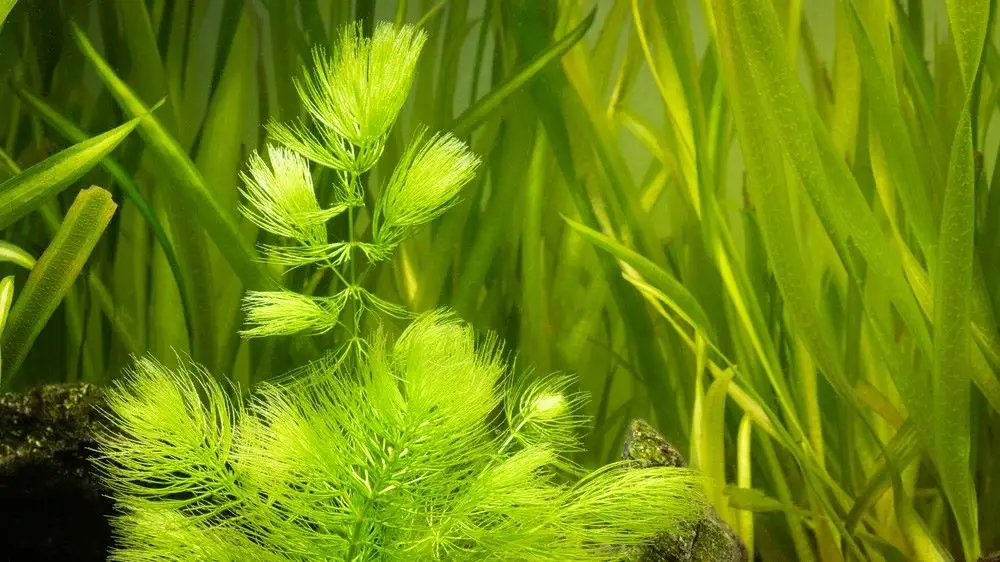
Furthermore, the physical presence of hornwort provides shelter and foraging opportunities for the shrimp. Its dense foliage offers hiding spots, reducing stress and encouraging natural behaviors. The plant’s surfaces also host biofilm, a nutritious food source for the shrimp.
Why is using products like Seachem Stability beneficial for quickly cycling a shrimp tank?
Cycling a shrimp tank is a complex process that involves establishing a balanced ecosystem where beneficial bacteria can thrive. This bacterial colony is essential for converting harmful substances like ammonia and nitrite into less toxic nitrates. Products like Seachem Stability are designed to accelerate this process, and here’s how they contribute to quickly cycling a shrimp tank.
Seachem Stability contains a blend of aerobic, anaerobic, and facultative bacteria that are essential for a healthy aquarium. By introducing these bacteria directly into the tank, the product jump-starts the colonization process. Instead of waiting for the bacteria to naturally develop, which can take weeks, Seachem Stability provides an instant population that begins working right away.

The bacteria in Seachem Stability are specially formulated to break down ammonia, nitrite, and nitrate. This targeted approach ensures that the most harmful substances are rapidly converted into less toxic forms. By accelerating this conversion process, the product reduces the risk to the shrimp and shortens the overall cycling time.
Another advantage of Seachem Stability is its ability to adapt to various water conditions. Unlike some bacterial products that may struggle in certain pH or temperature ranges, Seachem Stability is designed to work effectively across a broad spectrum of water parameters including saltwater. This adaptability makes it a reliable choice for different types of shrimp tanks.
The use of Seachem Stability also adds a layer of consistency and control to the cycling process. While natural cycling relies on environmental factors that can be unpredictable, using a product like Seachem Stability offers a standardized approach. Shrimp keepers can follow the recommended dosage and timeline, knowing that the product is working to create a stable environment for their shrimp.

In addition, Seachem Stability is non-toxic and does not contain any harmful chemicals that could adversely affect the shrimp or other tank inhabitants. Its gentle formulation ensures that it supports the cycling process without introducing any new risks.
Using products like Seachem Stability is beneficial for quickly cycling a shrimp tank because they provide a concentrated source of essential bacteria, accelerate the conversion of harmful substances, adapt to various water conditions, offer consistency and control, and do so without introducing any toxicity.
By incorporating Seachem Stability into the cycling process, shrimp keepers can achieve a balanced and healthy tank in a shorter time frame, allowing them to enjoy their vibrant shrimplets sooner.
Understanding Filtration: Why Sponge Filters Work Best for Shrimp
When it comes to shrimp keeping, especially for neocaridina species, choosing the right filtration system is crucial. Among various filtration options, basic sponge filters stand out as the preferred choice for many shrimp enthusiasts. Let’s explore why sponge filters are considered perfect for shrimp tanks.
Sponge filters are air-driven and contain no moving parts. This design ensures complete safety for the shrimp, eliminating the risk of them getting caught or injured by mechanical components. The simplicity of sponge filters also makes them easy to install and maintain, making them an attractive option for both beginners and seasoned shrimp keepers.
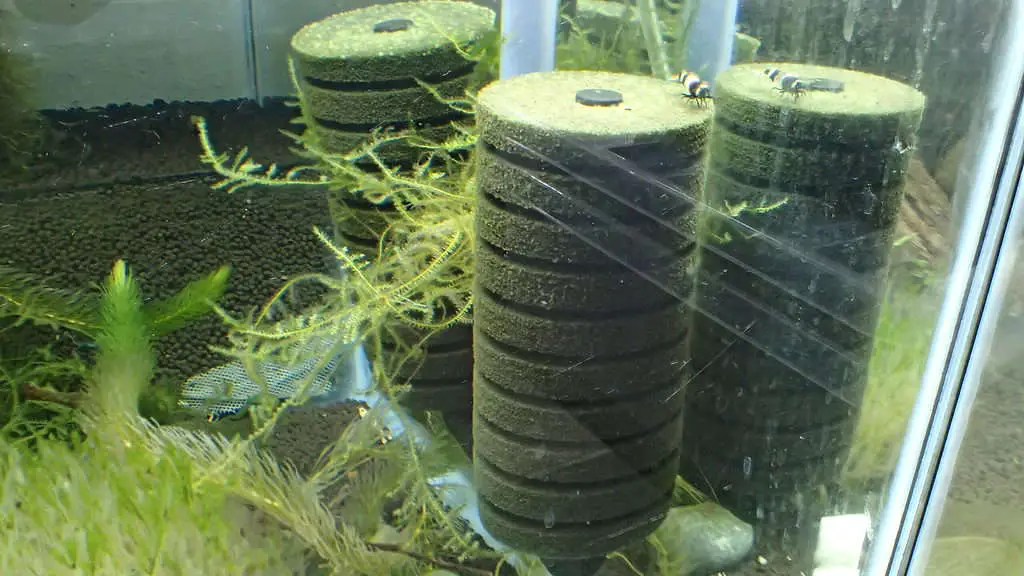
The porous structure of sponge filters provides an ideal surface for beneficial bacteria to colonize. These bacteria play a vital role in the nitrogen cycle, converting harmful ammonia and nitrite into less toxic nitrates. By fostering a thriving bacterial colony, sponge filters contribute to a stable and balanced ecosystem within the tank.
Shrimp are natural grazers, and sponge filters offer an excellent grazing ground for them. The sponge’s surface hosts biofilm and microorganisms, providing a nutritious food source for the shrimp. Shrimplets, in particular, benefit from grazing on sponge filters, as they find ample sustenance to support their growth and development.
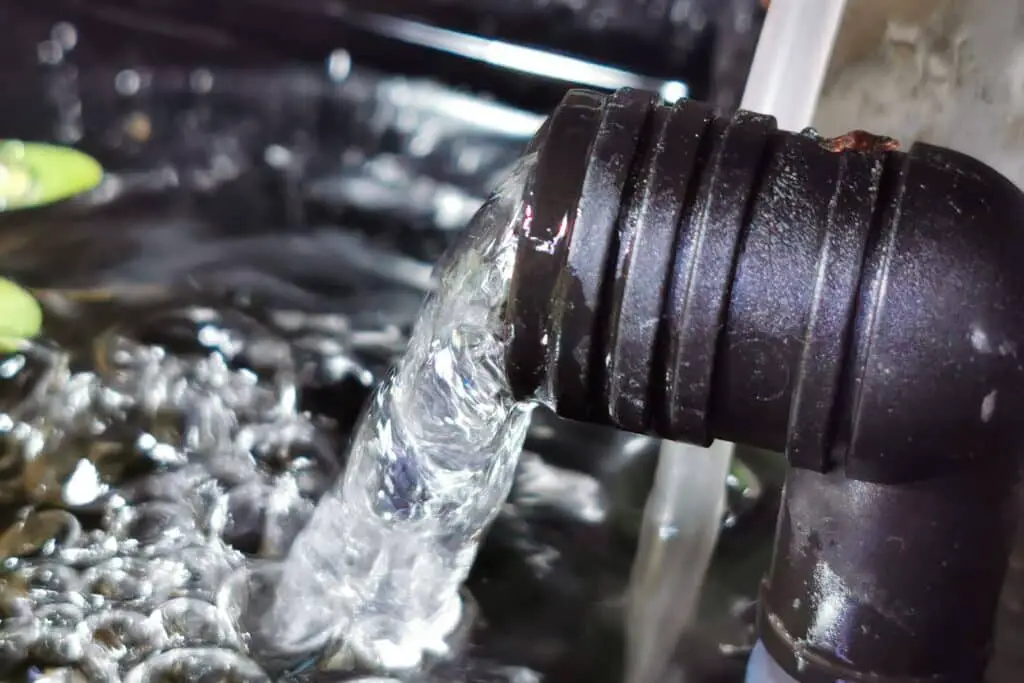
Sponge filters create a gentle flow within the tank, ensuring that the water is adequately oxygenated without creating strong currents. This gentle movement is ideal for shrimp, allowing them to navigate the tank comfortably and encouraging natural behaviors.
Conclusion: Cycling a Neocaridina Shrimp Tank Fast
In summary, cycling a neocaridina shrimp tank quickly and efficiently is a multifaceted process that requires attention to essential water parameters, the inclusion of fast-growing plants like hornwort, and the strategic use of products like Seachem Stability. By understanding and implementing these key elements, shrimp keepers can create a thriving environment for their shrimplets in a shorter time frame.
The journey of setting up a shrimp tank is filled with excitement, challenges, and rewards. With the right approach and a touch of patience, you can witness the transformation of an empty tank into a bustling shrimp haven.
If you need any assistance or have questions about cycling your shrimp tank, please don’t hesitate to reach out. If you can’t find me here, check out Aquarium Shrimp Keeping on Facebook.
Happy Shrimp Keeping, shrimpfam!
FAQ Section
Q. Can I cycle my tank with shrimp in it?
A. Cycling a tank with shrimp in it is generally not recommended, as the ammonia and nitrite levels can become toxic during the cycling process. It’s best to cycle the tank fully before introducing shrimp to ensure a safe and stable environment.
Q. What does it mean to cycle a shrimp tank?
A. Cycling a shrimp tank refers to the process of establishing a biological filter by cultivating beneficial bacteria. These bacteria convert harmful substances like ammonia and nitrite into less toxic nitrates, creating a balanced and healthy environment for the shrimp.
Q. How do I know my tank is ready for shrimp?
A. Your tank is ready for shrimp when ammonia and nitrite levels are undetectable, and nitrate levels are low. Stable pH, GH, KH, and temperature within the recommended ranges for your shrimp species also indicate readiness. Regular testing with a water test kit can help you monitor these parameters.
Q. Do shrimp need a light cycle?
A. Yes, shrimp benefit from a consistent light cycle that mimics natural day and night patterns. A typical light cycle might include 8-10 hours of light followed by 14-16 hours of darkness. This cycle supports plant growth and provides a comfortable environment for the shrimp.
Q. Can you cycle with cherry shrimp?
A. While it’s possible to cycle with cherry shrimp, it’s not advisable. Cherry shrimp, like other shrimp species, are sensitive to ammonia and nitrite, which can spike during the cycling process. It’s best to cycle the tank without shrimp to ensure their safety and well-being.
Q. Are shrimp sensitive to ammonia?
A. Yes, shrimp are highly sensitive to ammonia. Even low levels of ammonia can cause stress and harm to shrimp. During the cycling process, ammonia levels can rise, making it essential to cycle the tank without shrimp present and to monitor ammonia levels regularly once shrimp are introduced.
